5 min read
Four tips for building a stronger community events program that works for you
For those working on small community teams (perhaps you’re even the only Community Manager in your organization?), the prospect of holding one event per week might seem daunting. But that’s what we did at Imply last year – we hosted (or partnered on) 52 community events in 2021 and I’m going to share how you can do this, too.
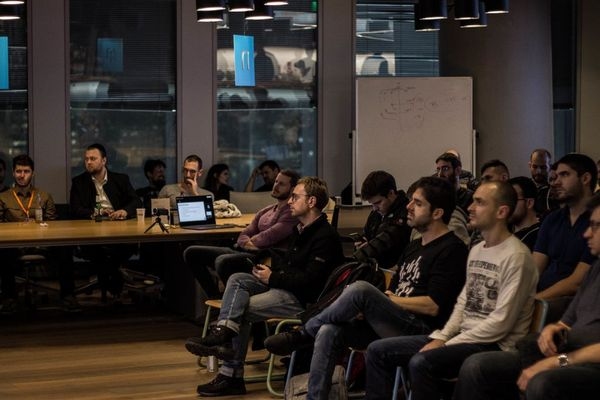
1. Build partnerships for win-win results
As a Community Manager working with open source software communities for 5+ years now, somewhere along the way I created a new strategy to maximize awareness while minimizing event planning pain. I realized if I invested upfront time in identifying non-competitive meetup organizers hosting their own events, that I could forge a win-win partnership. For instance, there are hundreds of complementary tech-focused meetup groups operating in the Big Data ecosystem. By proactively pitching these organizers, I confirmed speaking engagements for our Developer Advocates and helped create awareness of our technology. At the same time, the meetup group organizer has gained access to compelling content for their audience without having to actively search for a speaker. It’s true – everyone wins! Additionally, since it isn’t our meetup group (we refer to these groups as 3rd-party meetup groups), the organizer typically owns the planning of their events. And when you’re not taxed with organizing the event, your lean community team can apply those saved resources somewhere else.
Our Community Engagement Specialist also focuses on forging new partnerships with meetup groups boasting multiple chapters. This allows us to maximize both awareness and adoption and also, creates the opportunity for a series of talks (starting with an intro or ”101” talk and culminating in a more complex architecture talk) for a longer-term collaboration.
2. Casual engagements bring you closer to your community without a heavy lift
Casual virtual events with a monthly cadence – like “Office Hours” – don’t require much work in terms of organization, but they’re important because they tend to be intimate. They may not scale as well as some events, but that’s the point: this is an opportunity for your team to connect with practitioners or customers in a high-touch way. Leverage these events as an opportunity to get to know your community members: encourage questions and trust by not recording the event, identify who’s using your technology, and more importantly – help make them successful. All you need is one attendee and an ensuing in-depth conversation to make those 45 minutes priceless for them and you!
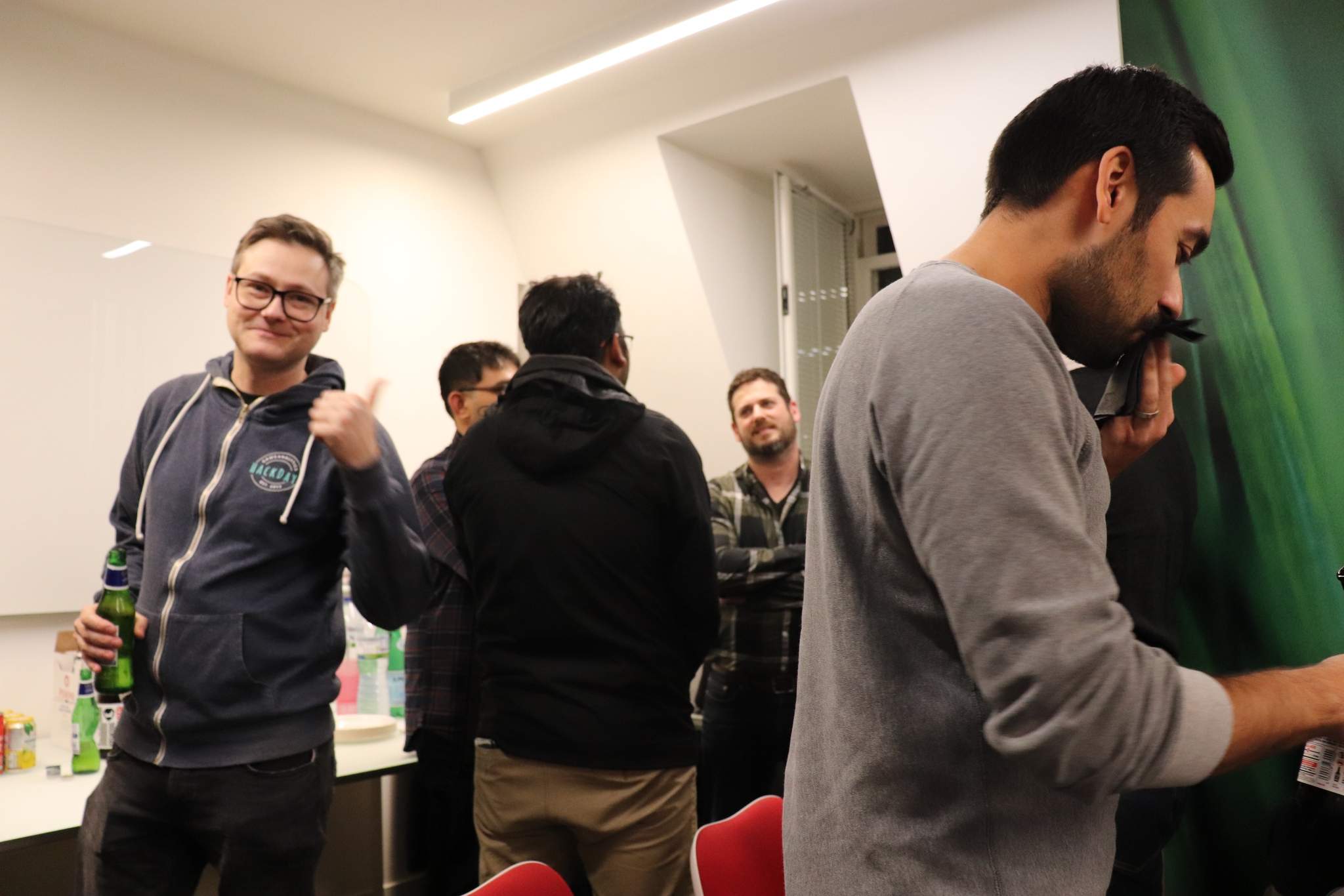
3. Invest your team’s resources where they’ll have the biggest impact
By incorporating these 3rd-party meetups and regular Office Hours into your community event program, you’ve now achieved a steady flow of events while leaving yourself time to invest in the events that use more resources (time, strategy, and budget). In our case, these are events that we own, organize from top-to-bottom and feature use case talks from both our open-source practitioners and customers. At Imply, I run a global meetup program which consists of 40 meetup groups with 6000+ members. Just one in-person meetup may take many hours of planning – there are speakers to identify and pitch, abstracts and bios to be collected and reviewed, venues to be vetted and rental fees negotiated, local food and beverages to be ordered, A/V equipment needs to be met for a hybrid event, swag to be ordered and shipped, event listings to be promoted on multiple channels – and so on. I’m able to drive these more complex events because I’ve actively freed up the time to devote to them, thanks to a rich and extensive 3rd party event program serving as our awareness anchor.
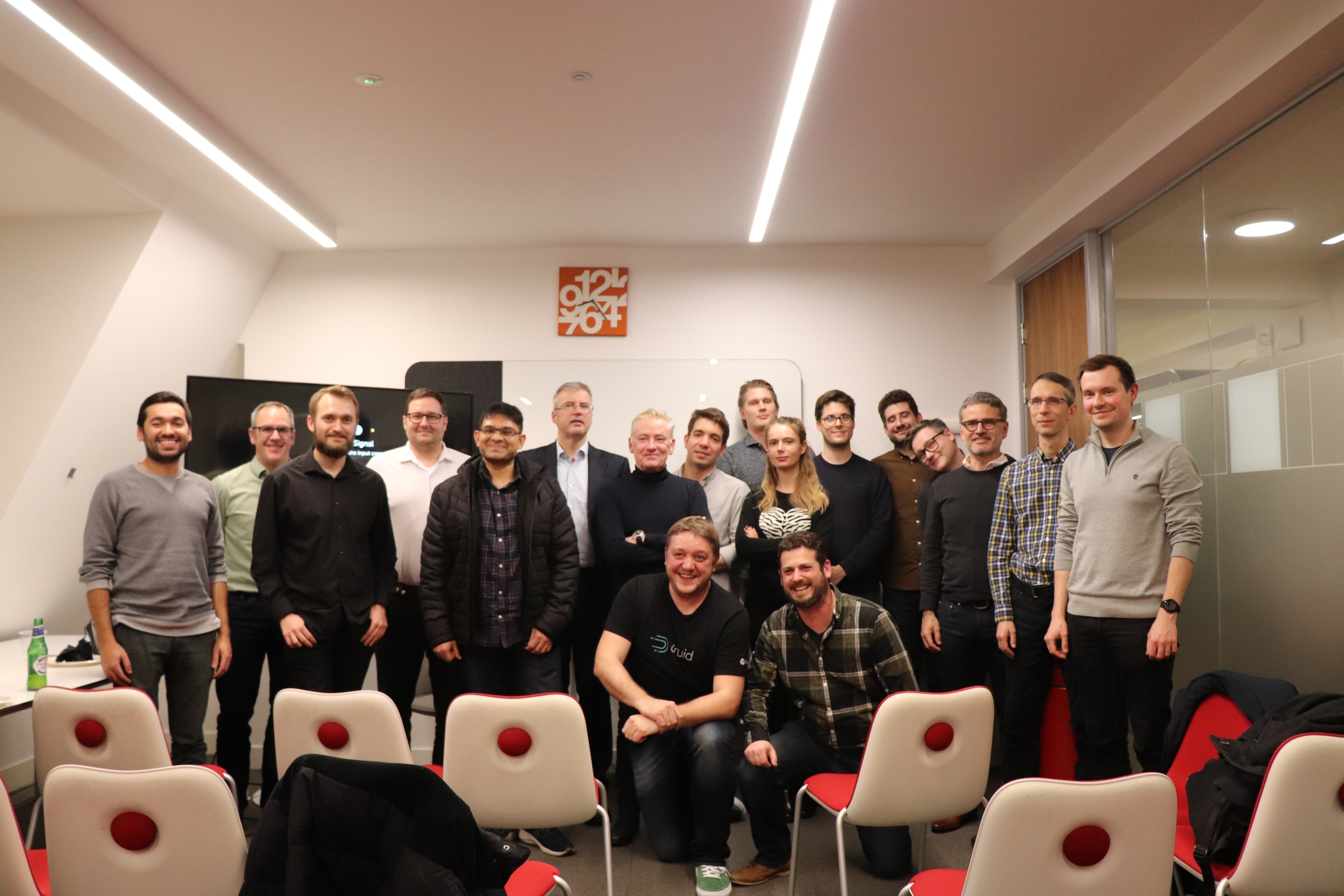
4. Measure the success of your community events program
So now that you’ve created a buzzworthy calendar of community events, how exactly do you measure the success of your program? Perhaps you’re considering how many events were hosted, how many people registered and ultimately, how many people actually attended (or viewed the recording of a virtual event). That’s a great starting place, but thanks to Common Room and their Meetup integration, the Community team at Imply can go even deeper. We can see who’s attending which events and how often they join us – through the comprehensive view that Common Room provides, we can easily see trends that allow us to build a more compelling events program for our community (another win-win!). For instance, we can bring data to our observation that someone new to Druid tends to register for Office Hours while advanced practitioners are more interested in use case-focused events. By gathering intelligence on which type of meetups are best attended and by whom, we can drive events that better engage our members, deepen our relationships, and provide content that educates and sparks joy.
By deploying these strategies, you’ll create a robust, data-driven community events program that should be strong enough to weather a pandemic. You’ll strategically use your time and resources to create a regular and reliable cadence of events for your community, from intimate Office Hours and diverse partner events to your own first-class meetups. And by hosting a diverse mix of virtual, hybrid, and in-person events, you’ve opened the door for your global community to attend any event; anywhere. And perhaps any time as well, if you’re recording the event!
We think you'd like these
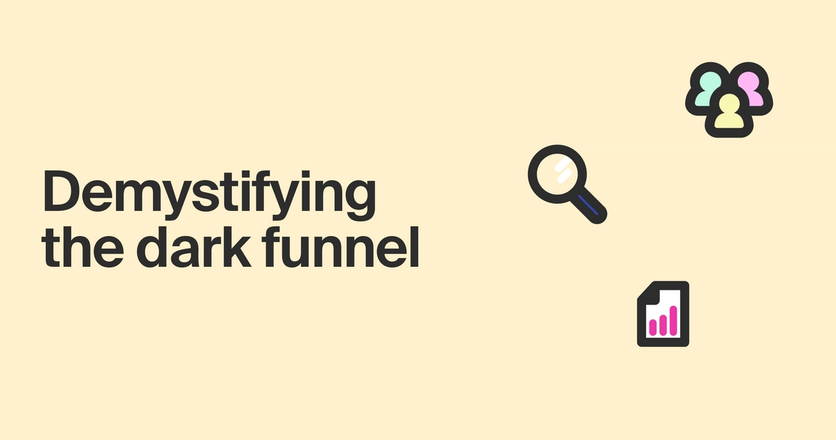
Making the dark funnel work for you
May 22nd, 2023·8min readCommunity
Beyond the hype: 5 lessons we learned building product with OpenAI
May 16th, 2023·8min readCommunityProduct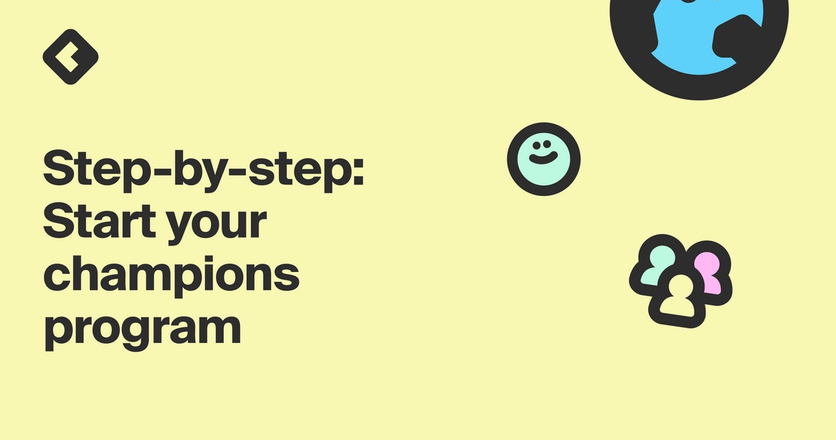
How we seeded our future champions program using Common Room
Feb 8th, 2023·8min readCommunity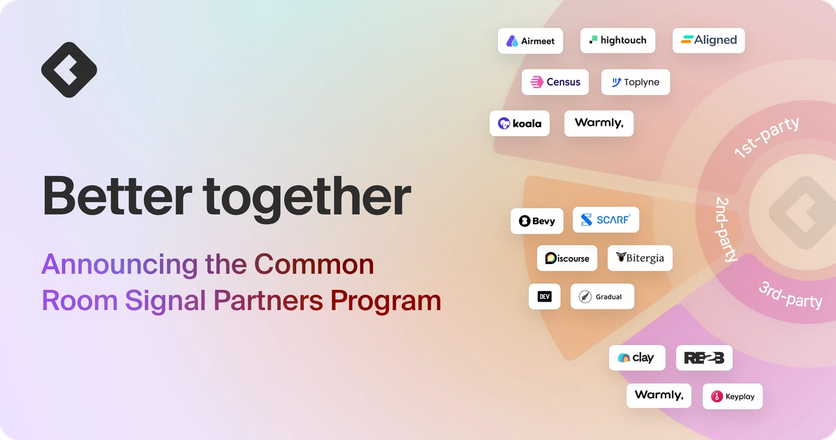
Better together: announcing the Common Room Signal Partners Program
Apr 16th, 2024·11min readCommunityProduct